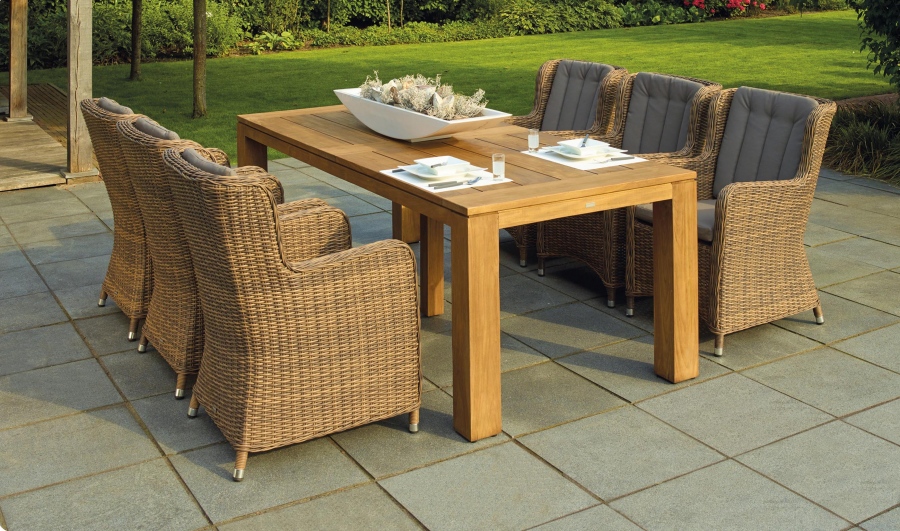The History Of Wicker Furniture

If you think that wicker furniture is a Victorian Era’s Invention, then you are 100% wrong, since wicker furniture is one of the oldest types of furniture ever made. In fact, wicker appeared in the English and American market in the Victorian Era, but just because it was imported. Let’s dive into what exactly wicker furniture is, shall we?
Wicker furniture is made by weaving natural materials like cane, willow and other natural plants’ fibres. Once the material has been picked, it usually gets cut into strips and soaked in water so it gets flexible. Once that is done, it is woven into wicker. That’s why wicker is basically everything that has been woven.
Wicker started with basket weaving. When? It might surprise you, but it started all the way back in ancient Egypt: all the Pharaohs, in fact, were buried with many different examples of wicker. Fast-forwarding to the 17th century, in Holland, wicker was used for furniture that usually was put into baby rooms. Why? Because it was considered a healthful material, more breathable and comfortable than solid wood, and more hygienic.
After that, with all the trading coming from Asia, rattan wicker became more popular in western Europe. Why? Because the colonists were fascinated by the actual process and they wanted to import in their country this technique. From that point, wicker furniture started to get the current shape and form.
Mid 19th century was when wicker furniture started getting popular in the British Empire and in the United States. British, fancy Victorian houses were revolved around wicker furniture given its flexibility.
In the United States, two major companies, Wakefield and Heywood, started a competition to guarantee the control of wicker furniture market. Since they developed different machines and re-designed what the Victorian idea of wicker furniture was, they were able to dominate the market for decades.
With the industrial age, wicker furniture hasn’t been redesigned that much, but the advent of synthetic materials helped to put what once was a delicate process into a more precise, mass-produced one. Right now wicker and cane furniture is a great touch of style and can really shine in a minimalistic oriented space.
